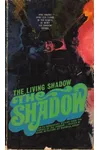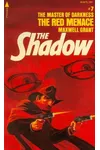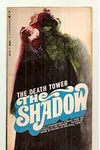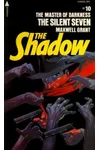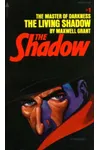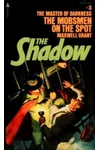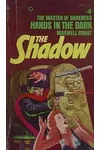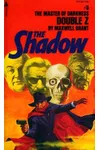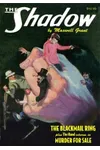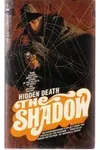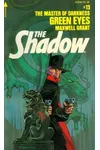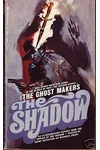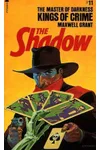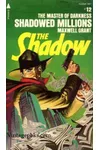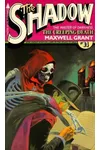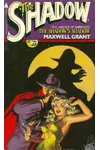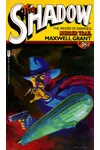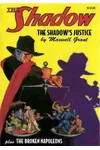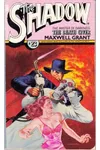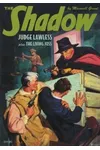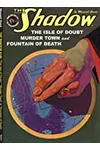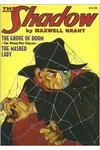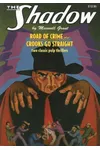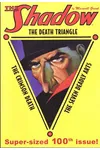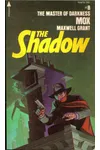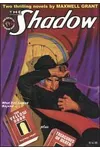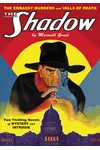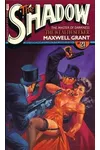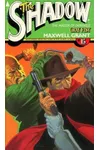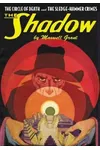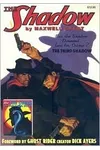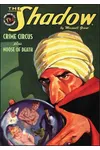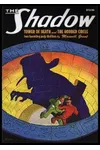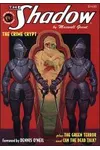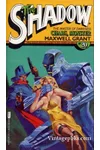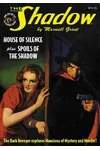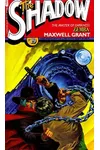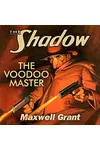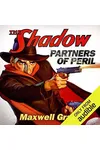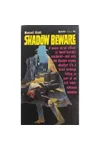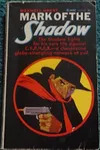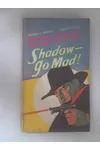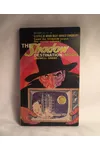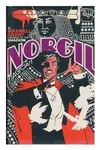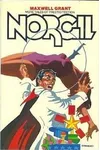Picture an American storyteller who cloaked the night in mystery, spinning tales of a vigilante hero who knew what evil lurked in the hearts of men—meet Maxwell Grant! This pen name, wielded primarily by Walter B. Gibson, brought the iconic pulp fiction character The Shadow to life, captivating readers in the 1930s and 1940s with thrilling adventures that shaped the superhero genre.
Gibson, a magician with a flair for the dramatic, used the pseudonym Maxwell Grant to craft over 280 novel-length stories, turning The Shadow into a cultural phenomenon. His fast-paced narratives and shadowy protagonist thrilled a Depression-era audience hungry for escapism, leaving a legacy that still echoes in modern comics and crime fiction.
The Making of Maxwell Grant
Born on September 12, 1897, in Philadelphia, Walter B. Gibson was a man of many talents—journalist, crossword creator, and professional magician. After graduating from Colgate University in 1920, he wrote for newspapers like The Philadelphia North American, honing his knack for snappy prose. His love for magic, inspired by legends like Harry Houdini, fueled his imagination, leading him to ghostwrite for magicians and edit pulp magazines like Tales of Magic and Mystery. In 1931, Street & Smith tapped Gibson to transform The Shadow, a mysterious radio narrator, into a literary hero, birthing the Maxwell Grant pseudonym—named after magic dealers Maxwell Holden and U.F. Grant.
Maxwell Grant’s Unforgettable Stories
Under the Maxwell Grant name, Gibson churned out Shadow stories at a staggering pace, sometimes writing 10,000 words a day. His first novel, The Living Shadow (1931), introduced Kent Allard, a World War I aviator who donned the guise of playboy Lamont Cranston to fight crime. With his black cloak and hypnotic powers, The Shadow blended mystery, action, and a touch of the supernatural, captivating readers with his ability to 'cloud men’s minds.'
Other standout works include Eyes of the Shadow (1931), where the hero battles a cunning jewel thief, and The Shadow Laughs (1931), a fast-paced tale of murder and deception. Gibson’s style was vivid and relentless, weaving intricate plots with gritty urban settings. He also introduced Margo Lane, a radio-born companion, into the pulps in 1941, adding a dynamic female presence. His stories, published twice monthly in The Shadow Magazine, were devoured by fans, with Gibson penning 282 of the 325 tales over two decades.
Beyond The Shadow, Gibson wrote juvenile mysteries like the Biff Brewster series and over 100 books on magic, true crime, and hypnotism. His versatility and prolific output made Maxwell Grant a pulp fiction powerhouse, though other writers like Theodore Tinsley and Dennis Lynds occasionally used the pseudonym.
Why Maxwell Grant Matters
Maxwell Grant’s Shadow wasn’t just a pulp hero—he was a prototype for the modern superhero. His dual identity, vigilante justice, and psychological depth influenced characters like Batman and Spider-Man. Gibson’s ability to blend magic, mystery, and noir created a gripping formula that resonated across radio, comics, and film, including the 1994 Alec Baldwin movie. The Shadow’s catchphrase, 'Who knows what evil lurks in the hearts of men? The Shadow knows,' became a cultural touchstone, cementing Grant’s place in pop culture.
Gibson’s work also offered a window into the Depression era, where readers craved heroes who could outsmart villains in a chaotic world. His legacy endures in reprints by Sanctum Books and fan communities, keeping The Shadow’s mystique alive for new generations.
- Born: September 12, 1897, Philadelphia, PA
- Key Works: The Living Shadow (1931), Eyes of the Shadow (1931), The Shadow Laughs (1931)
- Pseudonym Origin: Named after magicians Maxwell Holden and U.F. Grant
- Notable Influence: Inspired Batman and other superhero archetypes
Dust off The Living Shadow and dive into Maxwell Grant’s thrilling world of pulp noir—where the night belongs to The Shadow!
